On June 17, 2014, the National Assembly passed the Law Amending and Supplementing Certain Provisions of the Inland Waterway Traffic Law (Amended and Supplemented Law), which came into effect on January 1, 2015. The Amended and Supplemented Law consists of 3 Articles, in which Article 1 contains 25 clauses, Article 2 contains 10 clauses, and Article 3 contains 3 clauses. Thus, after more than 9 years of implementing the Inland Waterway Traffic Law, the law has now been amended and supplemented to move towards greater perfection, in line with the realities of inland waterway traffic in our country. The Amended and Supplemented Law has clarified more about inland waterway traffic activities; the development of inland waterway traffic; inland waterway ports and wharves; operational conditions of vessels; the requirement for re-registration of vessels; imported vessels; taking the title of captain; taking the title of chief engineer; and inland waterway traffic search and rescue.
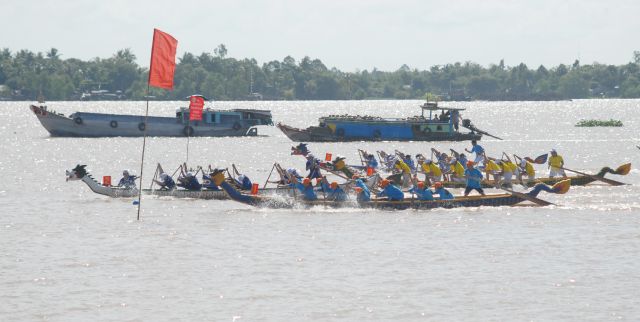
The amended and supplemented Law contains 87 modifications and additions compared to the Law on Inland Waterway Traffic (GTDTND), focusing on the following fundamental aspects:
First: Expanding the subjects and scope of adjustment
The Law clearly defines inland waterway traffic activities, including the activities of people and vehicles participating in traffic and transport on inland waterways; planning, developing, constructing, exploiting, and protecting inland waterway traffic infrastructure; rescue activities; and state management of inland waterway traffic. Thus, the law has added rescue activities to its regulatory scope.
To enhance the legal awareness of participants in inland waterway traffic and strengthen state management over waterway activities, the amended law has expanded the subjects and scope of adjustment. In addition to regulations on inland waterway traffic activities, safety conditions for infrastructure, vehicles, and participants, the law now extends its scope to include vehicle activities outside regulated channels and unmanaged waters.
Specifically, it adds Article 101a: Activities of vehicles outside channel areas and unmanaged transport waters must comply with the provisions of this Law on inland waterway vehicles; crew members; vehicle operators; traffic rules and signals; inland waterway transport; inland waterway traffic accidents; and rescue activities and relevant laws. Additionally, it mandates: Provincial People's Committees are responsible for warning in dangerous areas for vehicles outside regulated channels and unmanaged waters.
Second: Policies for developing inland waterway traffic
The 2004 Law on GTDTND, in Article 5, stipulates the policies for developing inland waterway traffic, emphasizing the state's priority on investing in the development of transport infrastructure on key routes and encouraging investment from individuals, organizations, and foreign entities for sustainable infrastructure development.
Building on that spirit, based on a comprehensive assessment of the natural conditions of our country and the ongoing activities in unmanaged waters, the amended Law specifies that inland waterway traffic development must align with transport planning and ensure national defense and security. Infrastructure development should be modern and synchronized in terms of channels, routes, ports, terminals, management technology, loading and unloading equipment, ensuring traffic safety, disaster prevention, environmental protection, and climate change adaptation. Inland waterway transport development must integrate with other transportation methods (Clause 3, Article 4).
Third: Regulations on infrastructure and ports, and inland waterway terminals
The amended law clarifies inland waterway traffic infrastructure including: inland waterways; channel protection corridors; inland ports and terminals; anchorage areas outside ports; traffic weirs and dams; waterway signals; and other auxiliary works. To ensure high safety for the channel protection areas, the law adds the responsibility of hydraulic or hydropower project owners or their representatives to notify the competent inland waterway traffic management agency when operating.
To enhance transport efficiency and ensure connectivity with other transport methods, the new law details inland port and terminal regulations (Article 13). Specifically, it defines inland ports to include both port land and water areas. The port land area is designated for constructing docks, warehouses, yards, workshops, offices, service facilities, communication, and utility systems. The port water area is designated for dock-facing waters, turning areas, anchorages, transshipment zones, lightening zones, and storm shelters. It also categorizes ports into three types: I, II, III, and details the classification of inland waterway terminals into cargo terminals, passenger terminals, general terminals, cross-river passenger terminals, and specialized terminals for stricter management.
Fourth: Management of inland waterway vehicles, crew members, and vehicle operators
Like the 2004 GTDTND Law, the amended law still categorizes inland waterway vehicles into four groups for management. However, the classification is more accurate, ensuring comprehensive management, facilitating registration, inspection, investigation, and administrative violation handling.
The amended law eliminates registration and inspection requirements for small, non-motorized vehicles weighing 5 to under 15 tons, as these are simple vehicles with low tonnage. Nevertheless, for safety and enhanced state management, these vehicles must meet safety conditions on inland waterways and register. It adds that "vehicles must meet the Government of Vietnam's age regulations." Import vehicles must also "comply with the Government of Vietnam's import age regulations." The purpose of these provisions is to enhance vehicle safety and environmental protection.
Additionally, the law details safety conditions for non-registered vehicles.
The 9-year review of the 2004 GTDTND Law shows a low percentage of registered vehicles. This is due to registration difficulties at provincial and district levels. To address this, the amended law replaces "provincial People's Committees" with "People's Committees at all levels" in Clause 8, Article 25, stipulating: "People's Committees at all levels organize inland waterway vehicle registration according to Ministry of Transport regulations and manage vehicles exempt from registration."
For crew members and vehicle operators, the new law changes "certificate" to "professional competency certificate," valid for 5 years, and divides it into four ranks (previously three) for the captain's professional competency certificate. It amends conditions for taking exams to elevate captain and chief engineer certificates, allowing the Ministers of Transport, Defense, and Public Security to detail their specific management scopes, akin to the Vietnam Maritime Code and Vietnam Civil Aviation Law, ensuring adaptable flexibility to actual conditions.
The amended law eliminates the age limit for vehicle operators, only requiring a minimum age of 18. It adds Article 35a on "Inland Waterways Reporting," referencing Vietnam's maritime protest regulation in the Maritime Code to protect the legal rights and interests of vehicle owners and related persons when the vehicle, people, or transported goods suffer or are suspected to suffer loss due to accidents or incidents.
To minimize potential risks in inland waterway transport, the law stipulates third-party liability insurance obligations for vehicle owners, cargo businesses, and passenger transport service providers. Additionally, to establish a legal basis for regulating the rental of inland waterway vehicles (a common practice), the amended law adds Article 98a on "Vehicle Rental," detailing rental forms, and the responsibilities of vehicle owners and renters.
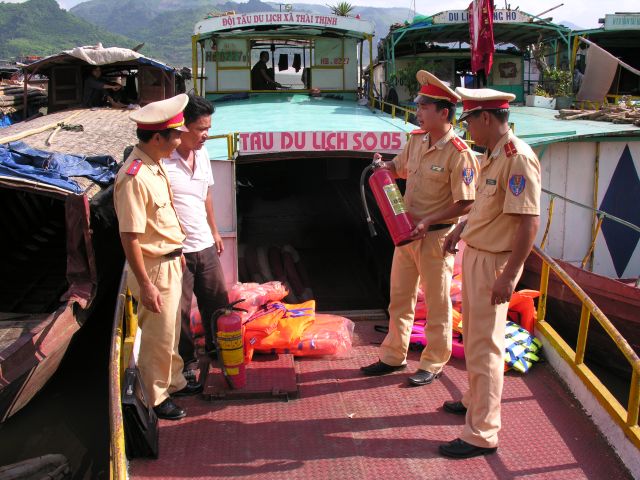
Fifth: Search and rescue, and rescue operations in inland waterway traffic
The amended law adds Chapter VIIa on: Search, Rescue, and Rescue Operations in Inland Waterway Traffic, comprising two sections and six articles. It includes specific regulations on search and rescue operations, which are humanitarian activities that related organizations and individuals must undertake. Inland waterway rescue operations (an ongoing practical service not covered by the 2004 GTDTND Law) are performed based on agreements between rescuers and those being rescued, defining the parties' obligations in inland waterway rescue operations.
Sixth: Other issues
To address difficulties in monitoring, statistics, investigation, and resolving inland waterway traffic accidents (TNGT), the amended law defines inland waterway traffic accidents as accidents occurring on inland waterways, within port and terminal waters due to collisions or incidents involving vehicles, sea vessels, or fishing boats causing human, property, traffic disruption, or environmental pollution. It also amends some vehicle signal regulations to align with the 1972 International Regulations for Preventing Collisions at Sea, ensuring traffic safety.
To enable the Government of Vietnam, relevant Ministries, sectors, and localities to fulfill their responsibilities in ensuring traffic order and safety; protecting traffic infrastructure and planning, investment in transport development, the amended law adds Article 98h on "State management content on inland waterway traffic," similar to the 2008 Road Traffic Law.
Amended Law on Inland Waterway Traffic 2014 marks significant progress in completing the legal system in general and the inland waterway traffic law system in particular, facilitating smooth, safe, and efficient inland waterway traffic operations.
Source: Traffic Police Department
 Article table of contents
Article table of contents

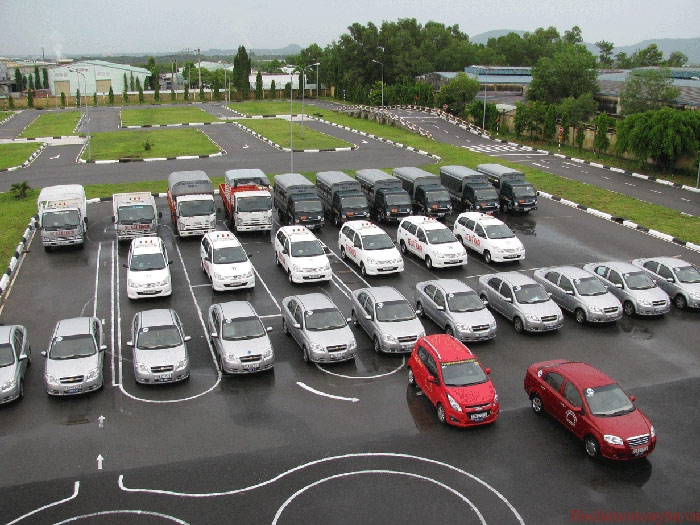
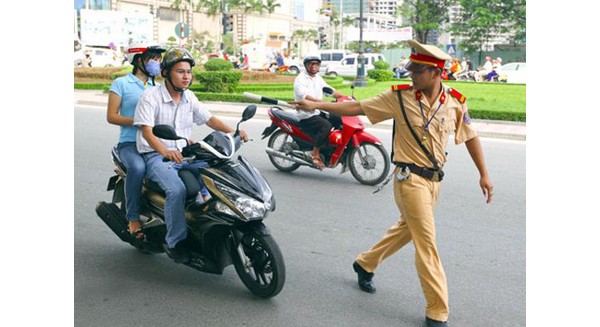
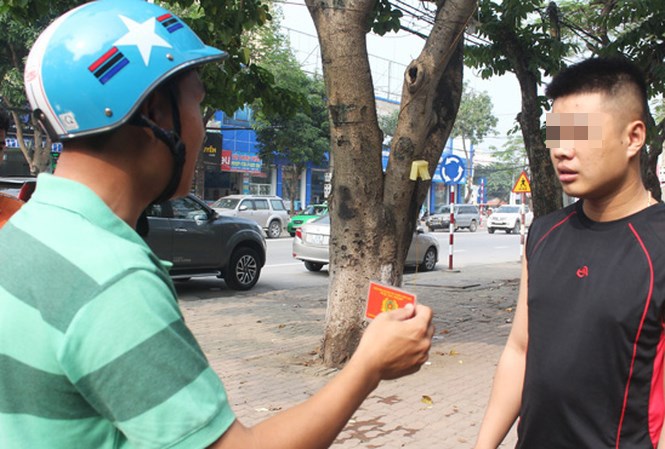

.Medium.png)
.Medium.png)
.Medium.png)
.Medium.png)
